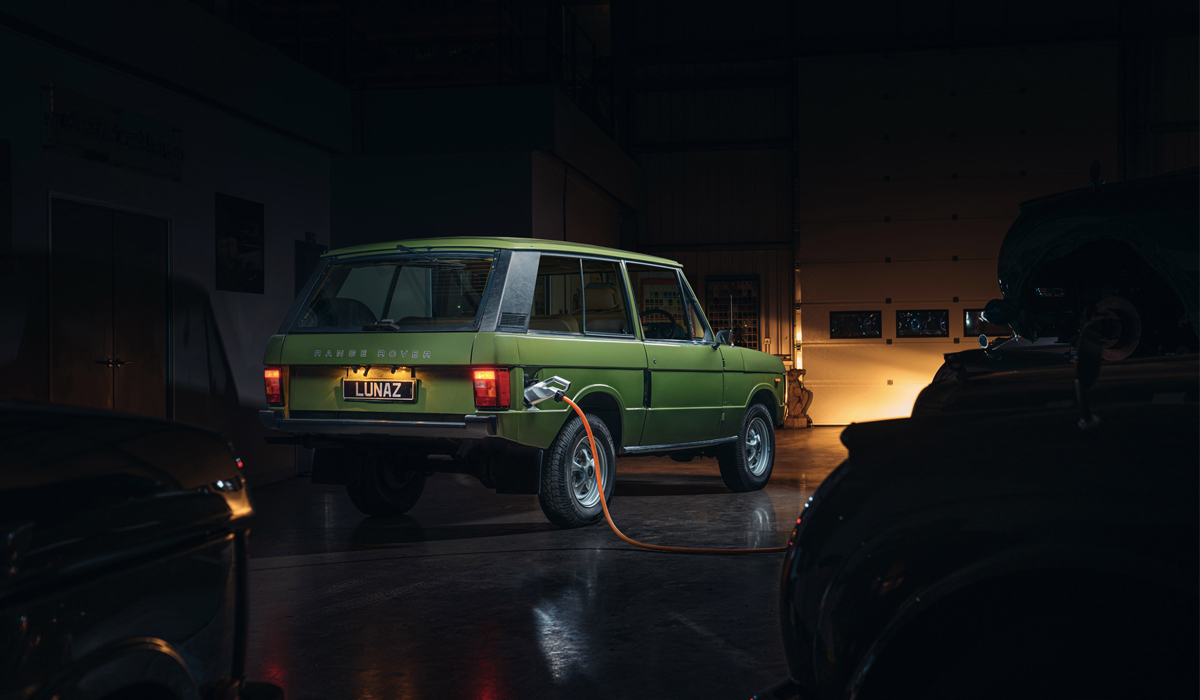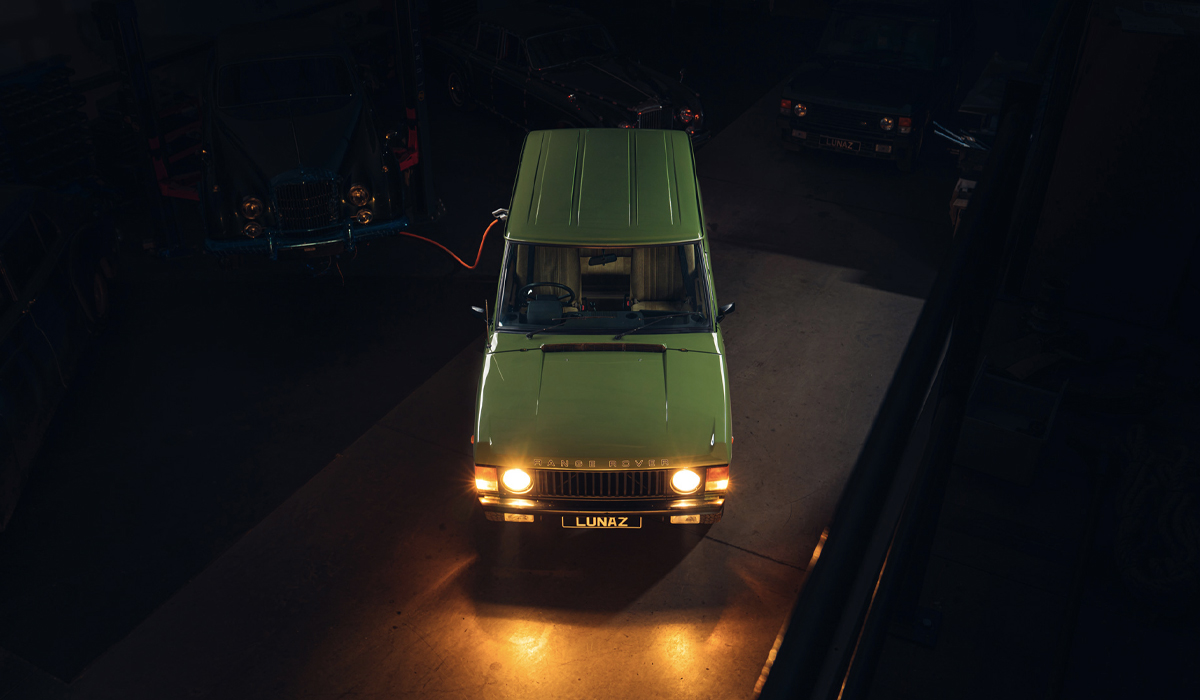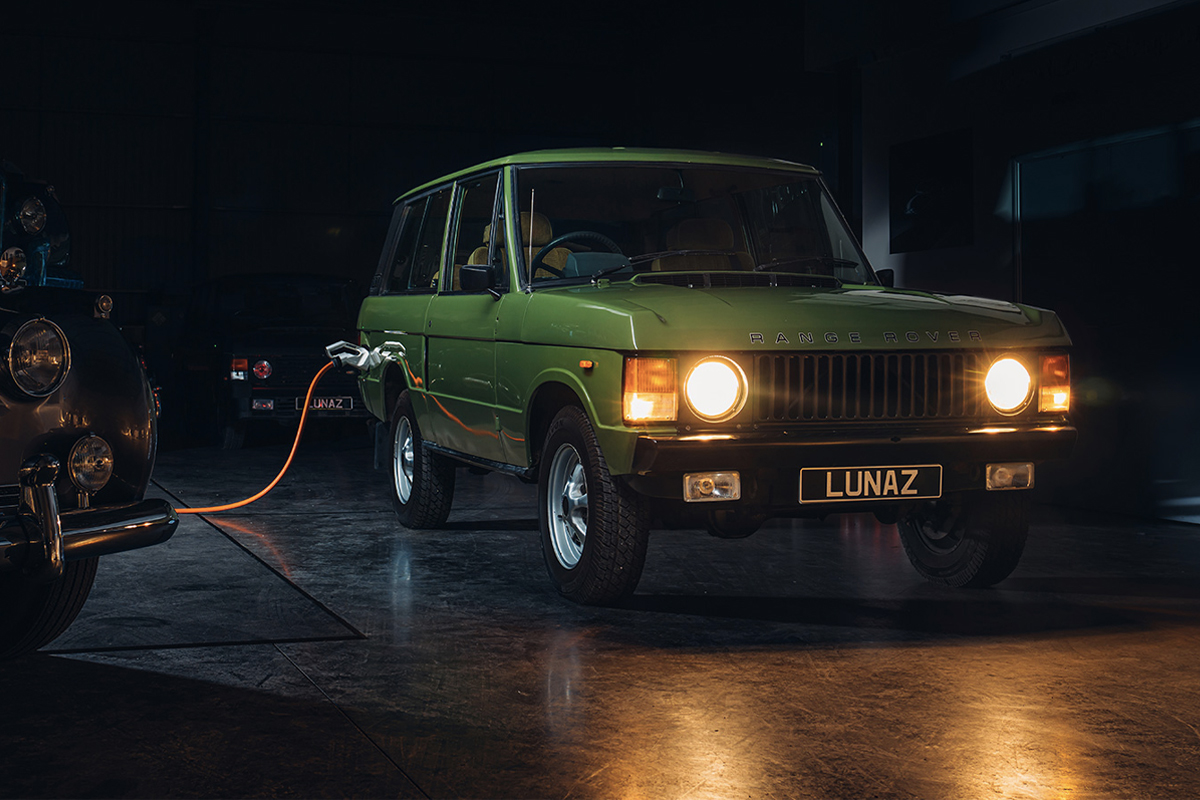British-based automotive company Lunaz made a name for itself by re-engineering iconic classic cars into modern, sustainable, electric vehicles. The group’s work has focused on vintages models from three bellwether companies only: Bentley, Jaguar, and Rolls Royce. That is until recently, with the addition of the Range Rover Classic to the Lunaz line-up. But would you prefer a mint-condition Range Rover as is? Or the electric redux by Lunaz?
The Re-Built Lunaz Range Rover
With a starting price hovering around $450,000, Lunaz’s Range Rover Classic conversion won’t be attainable to the average driver. It’s drastically more expensive than other EVs on the market. Why?
Well, Lunaz isn’t just swapping out powertrains and engines; the automotive specialists strip each car down to the shell and completely rebuild it as a modern vehicle.
Lunaz uses traditional upholstery and restoration techniques; if you peeked inside one of its conversions — at first glance — it would appear original. Take up the driver’s throne, however, and you’ll notice that old gauges now display stats like battery life and torque. The group adds in all of the features of a modern car — Apple Play, leather side pockets cut for smartphones and devices — into a classic, giving each satisfied buyer a functional, vintage driver. It’s all history until you push play.
Because vintage cars aren’t often the subjects of auto conversions like those offered by Lunaz, the parts used in modern EVs don’t fit into these long-hooded hot rods. The Lunaz-patented powertrain conversion meets power steering, updated brakes and suspension, air conditioning, and infotainment centers. The engineering team at Lunaz has taken care of it all — and hopes to add more modern features like cruise control in future rebuilds.

The Future of Classics
As a classic car owner, I first cringed at what Lunaz is doing. I’m not anti-electric; I’m just not a fan of butchering a classic.
I see both sides: with classics, it’s harder to find parts, the originals aren’t environmentally sound, but the aesthetic is a nod to the history. And I feel vintage car fanatics: horrified at the chop shop retooling, the tossing aside of an original. The lamenting mechanics and enthusiasts certainly could have gotten those bad boys up and running with original engines and a little TLC.
But battling with sustainability and the emergence of EV technology, Lunaz’s approach seems like a lifebuoy for older models. Lunaz recognizes the need for electric vehicles but doesn’t want to see these iconic cars left to rust as the industry moves on. These cars see a second life as daily drivers — not just as showcase specimens or lost relics.
Stripping Down To Swap
There’s not much information on the Lunaz Range Rover models yet, but the company focuses on quiet, reliable conversions. One of its first updates, the Jaguar XK120, is powered by a 120-kWh battery for a long range of 300 miles, comparable to current market EVs.
Of course, personally, my concern goes back to that mint-condition car. Yeah, parts for a 1950s Rolls-Royce may be difficult to come by. But there are scores of Range Rovers begging for restoration. I wonder, is Lunaz fishing for models too close to the present?

The Most Expensive Classic You’ll Find
Lunaz is undoubtedly forward-thinking. Founder, David Lorenz, felt indebted to his daughter and pursued the concept as a way to give her generation a chance to drive vintages like the Range Rover Classic.
Of course, the price point limits Lunaz Range Rovers to a very niche market. Lorenz’s daughter is probably one of a handful that will get the chance to drive one of these electric classics.



